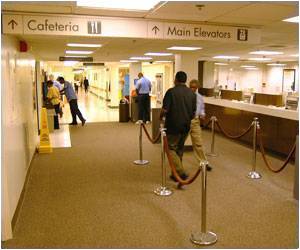Children involved in adverse events were most often being seen for respiratory conditions, injuries, accidental overdoses and non-specific symptoms.

‘Areas where primary care providers can improve in their care of children to reduce adverse events has been revealed by a new study.’





In the new study, researchers reviewed primary care patient safety
reports involving children under age 18 that had been submitted by
healthcare professionals to England and Wales' National Reporting and
Learning Service between 2003 and 2013. Of the 2191 safety incidents studied, 658 (30%) were harmful, including 12 deaths.
Children involved in adverse events were most often being seen for respiratory conditions, including asthma and coughs; injuries, including head and limb injuries and accidental overdoses; and non-specific symptoms, such as fever or weight loss. Primary incident types were dominated by errors in medication (31.9%) - such as children being prescribed the wrong dose of a drug - and errors in diagnosis and assessment (23.4%), which often led to the delayed management of conditions.
The study is limited by possible under-reporting of some types of safety incidents, but the new analysis led the researchers to identify priority areas for improvement in the care of children, including: safer systems for medication provision in community pharmacies; better triage processes during out-of-hours services; and enhanced communication between professionals and parents.
In an accompanying Perspective, Gordon Schiff discusses the challenge of pulling meaningful data from patient safety reports as well as the idea that adverse events being reported are not necessarily representative of all errors occurring. Those challenges notwithstanding, he says the new study "is valuable for both the specific findings, lessons, and insights, but also for encouraging us to grapple with the value of such reporting systems, analysis of collected reports, and ways of better leveraging findings to prevent harm in the future."
Advertisement









